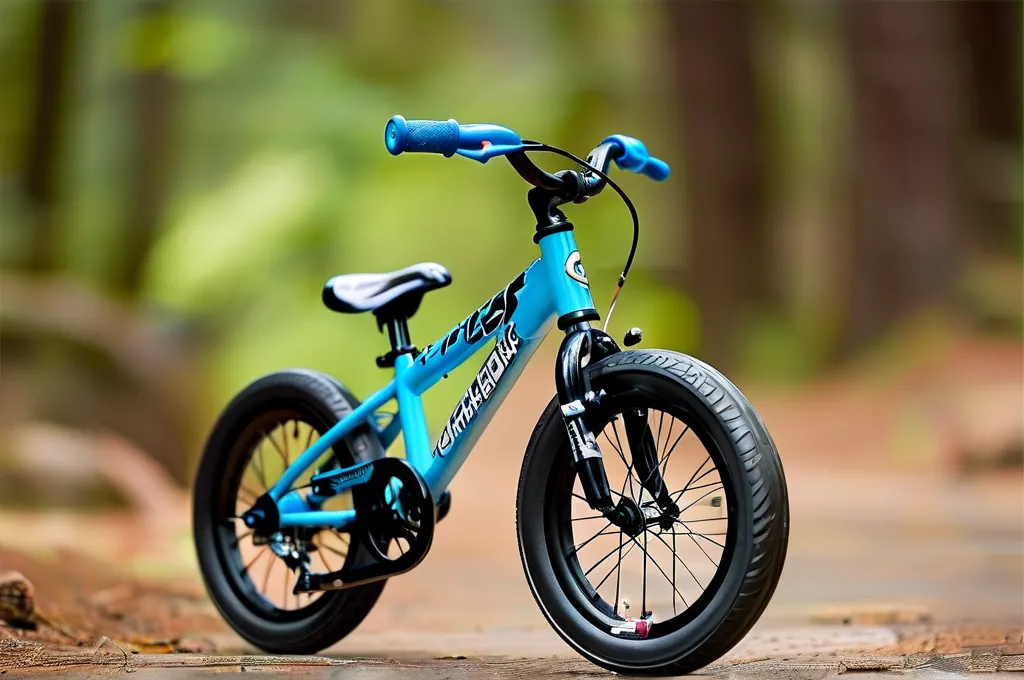Selecting the right kids’ bike involves more than picking a colorful design or trendy brand. Parents need a balance of lightweight maneuverability, durability for rough handling, and safety features that adapt to growing children. With 53% of childhood cycling injuries linked to improper bike sizing (National Safety Council), understanding how to evaluate specialized bikes becomes critical for worry-free adventures.
Frame Material Matters: Aluminum vs. Steel
Modern kids’ bikes primarily use 6061 aluminum or high-tensile steel frames. Aluminum offers a 30-40% weight reduction compared to steel (BikeRadar testing data), making it easier for children to control. However, premium steel frames like those from Woom or Prevelo use butted tubing to reduce weight while maintaining impact resistance. For frequent trail use, consider aluminum frames with reinforced weld points – brands like Guardian Bikes pair this with their proprietary SureStop brake system for added safety.
Weight-to-Strength Ratio: The Hidden Safety Factor
A bike weighing over 40% of the child’s body weight compromises control. Use this formula:
Max Recommended Bike Weight = Child’s Weight × 0.4
For a 50-pound rider, target bikes under 20 pounds. The Islabikes CNOC 16 (16.8 lbs) and Prevelo Alpha Two (17.3 lbs) exemplify this ratio without sacrificing durability through intelligent component selection like hollow cranksets and alloy rims.
Age-Specific Geometry Adjustments
- 2-5 Years: Ultra-low standover height (<8″) with 12-16″ wheels
- 6-9 Years: Extended wheelbase for stability on 20-24″ wheels
- 10+ Years: True scaled-down adult geometry on 26″ wheels
The Specialized Riprock 20″ model demonstrates this progression with a 72-degree head tube angle for responsive steering and a bottom bracket drop that lowers the center of gravity by 15mm compared to standard models.
Safety Certification Deep Dive
Beyond basic CPSC compliance, look for:
– EN ISO 8098:2014 certification (European impact/durability standard)
– TÜV Rheinland tested components
– Non-protruding bolts (safety caps on all thread ends)
Brands like Pello Bikes include third-party test reports with each purchase, while Frog Bikes uses tool-free adjustable stems that maintain structural integrity through 20,000+ fatigue cycles in lab testing.
Growth Accommodation Systems
Quality bikes now incorporate:
– Sliding dropout systems (up to 4″ seatpost extension)
– Convertible handlebar stems (40-70mm reach adjustment)
– Flip-flop hubs accommodating both freewheel and fixed gear
The Cleary Owl offers a unique “Grow Spacer” system that repositions the entire cockpit forward as the child matures, extending usable life by 3 seasons versus traditional bikes.
Maintenance Indicators for Longevity
Teach parents to monitor:
1. Chain stretch (>0.75% wear measured with Park Tool CC-2)
2. Brake pad wear indicators (visible grooves on Shimano pads)
3. Spoke tension variance (<20% difference across wheel)
Manufacturers like Commencal provide detailed maintenance schedules specific to their kids’ models, including torque specs for small hands’ components.
When comparing options, prioritize brands offering crash replacement warranties and certified dealer networks. Recent Consumer Reports testing showed Trek’s Precaliber series maintained structural integrity through 200% of CPSC’s required stress tests while keeping weight under 19 pounds for their 20” model – a benchmark combination of safety and manageability.
Smart shoppers cross-reference the Bike Exchange’s annual durability rankings with local bike shop fitting services. Remember – the right specialized kids’ bike should disappear beneath the rider, becoming an invisible enabler of confidence-building adventures rather than a technical concern.
